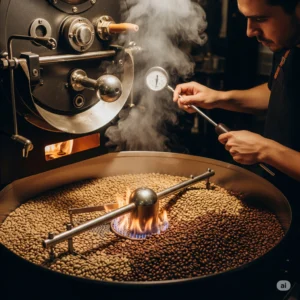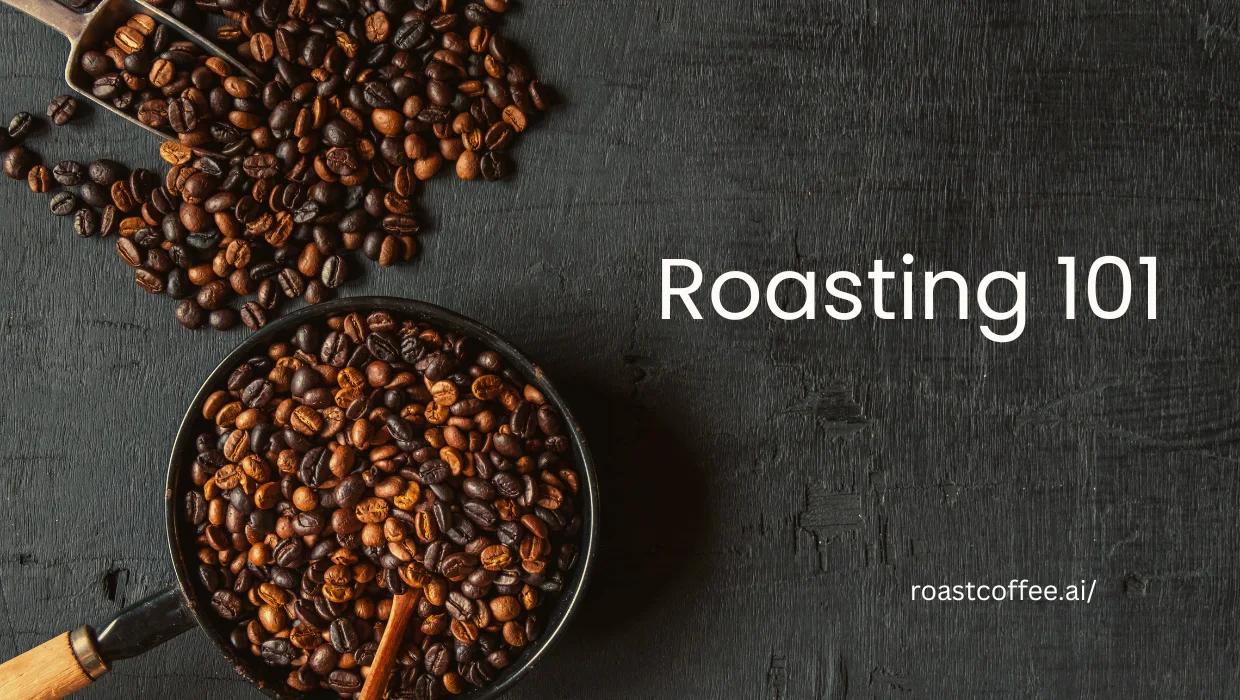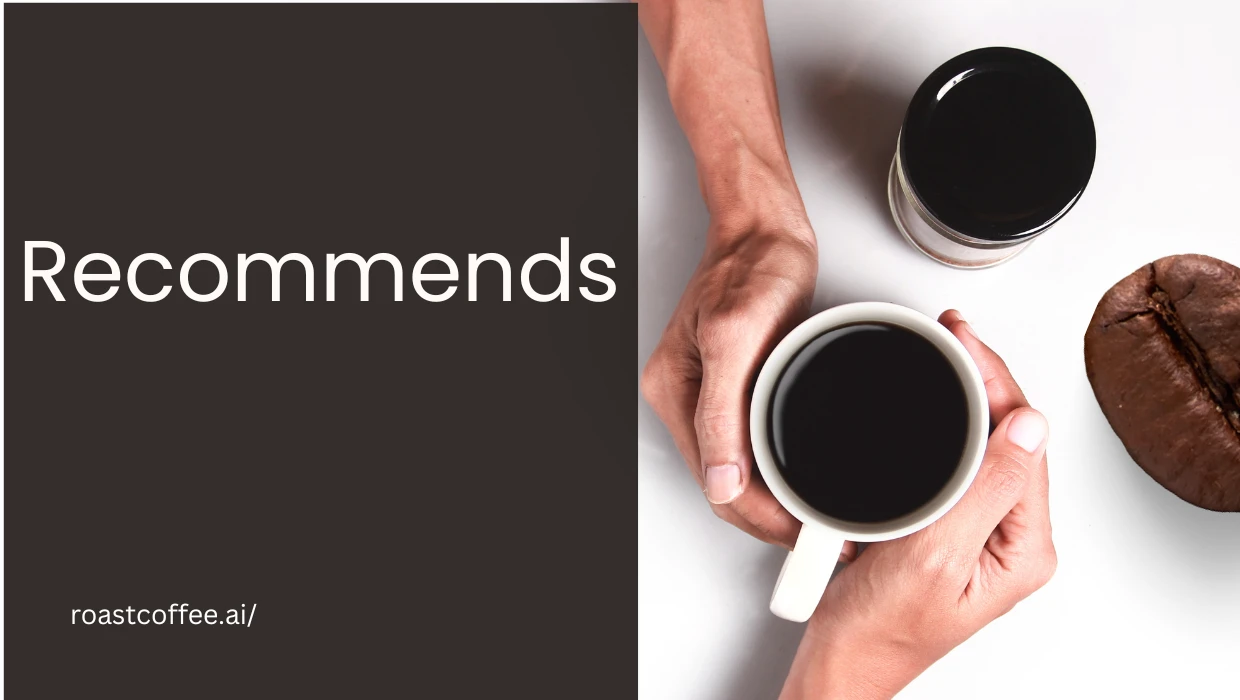
I used to think great coffee was all about roast level and grind size. Those are important, but once I started digging into the chemistry behind coffee, it transformed how I roast and brew. Understanding the chemical changes—in the bean and in the cup—helps me make consistent, flavorful coffee with fewer surprises.
In this post, we’ll explore the science of coffee flavor: what creates it, how roasting affects it, and how brewing extracts it. It’s not a dry science class, just useful insights for better coffee.
Coffee Chemistry: What’s in the Bean?
Coffee beans are tiny flavor bombs packed with over 800 aromatic compounds that form and transform during roasting.
Key Compounds:
- Chlorogenic acids: Break down into bitter, astringent notes.
- Maillard compounds: Give toasty, nutty, caramelized flavors.
- Lipids & oils: Carry aroma and create mouthfeel.
- Organic acids: Like citric, malic, and quinic acids, providing brightness and balance.
Fun fact: Light roasts retain more original acids; darker roasts lose brightness but gain body and bittersweet notes.
🎥 This video explains how roasting transforms raw compounds into complex flavors: Coffee Chemistry Explained.
Extraction: How Flavor Gets Into Your Cup
Extraction is when hot water meets ground coffee, unlocking its potential.
What’s Extracted First:
- Acids (bright, tangy)
- Sugars (sweet, balanced)
- Bitter compounds (if you extract too much)
Ideal Extraction:
- 18–22% is the sweet spot.
- Too little = under-extracted: sour, sharp, thin.
- Too much = over-extracted: bitter, dry, harsh.
What affects extraction? Grind size, brew time, temperature, and water quality.
🎥 A must-watch for dialing in your brew, this video explains extraction balance for a sweet, complex cup: Coffee Extraction Demystified.
Roast Level and Flavor: What Changes, and Why
Roasting shapes flavor chemistry, explaining why light vs. dark roasts taste so different.
As You Roast Darker:
- Acidity decreases.
- Sweetness peaks around medium roast.
- Bitterness increases (past second crack).
Roast tip: A steady decline in RoR (Rate of Rise) balances sweetness and acidity.
🎥 This practical guide shows how roast level changes what you taste, with clear bean visuals and flavor descriptions: Roast Levels & Flavor Outcomes.
Summary & Next Steps
Your cup’s flavor is shaped by bean chemistry, roasting, and extraction. Understanding these helps you move from guesswork to intentional, repeatable brewing.
Next time you roast or brew, consider what you’re extracting: acids, sugars, or bitters? Your cup will thank you.
Next Up: Want to geek out more? Ask RoastBot to help troubleshoot a sour or bitter cup.


